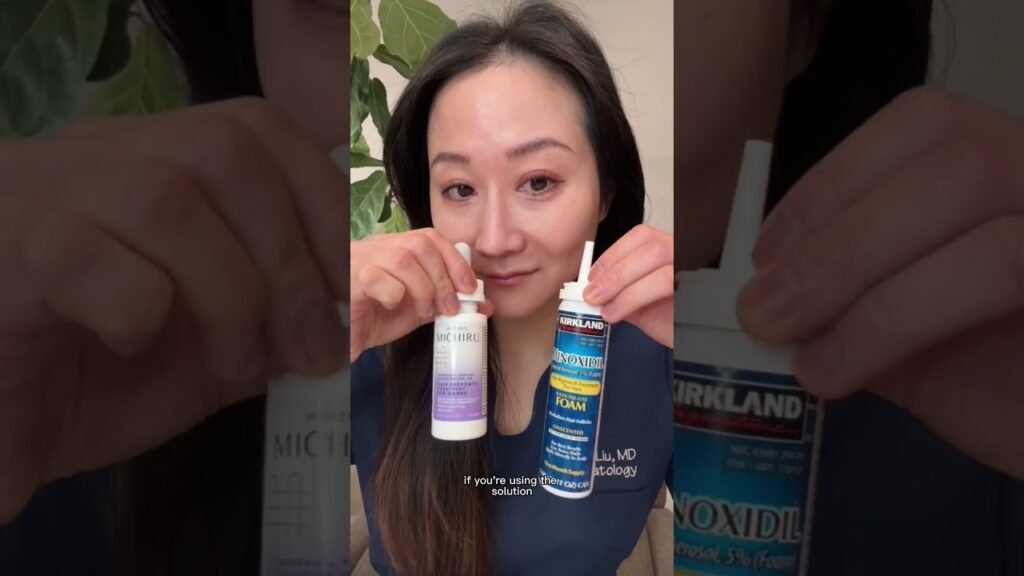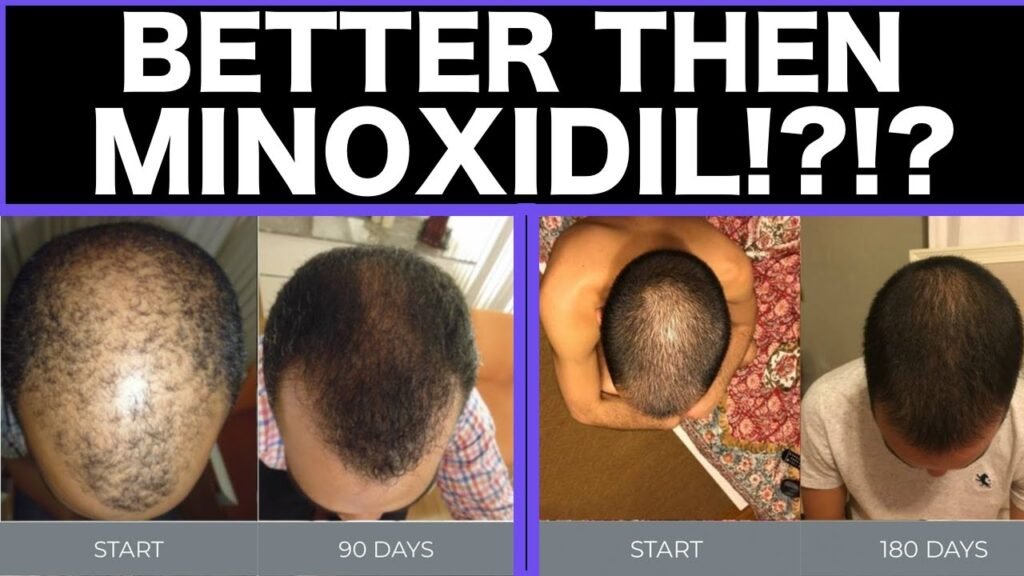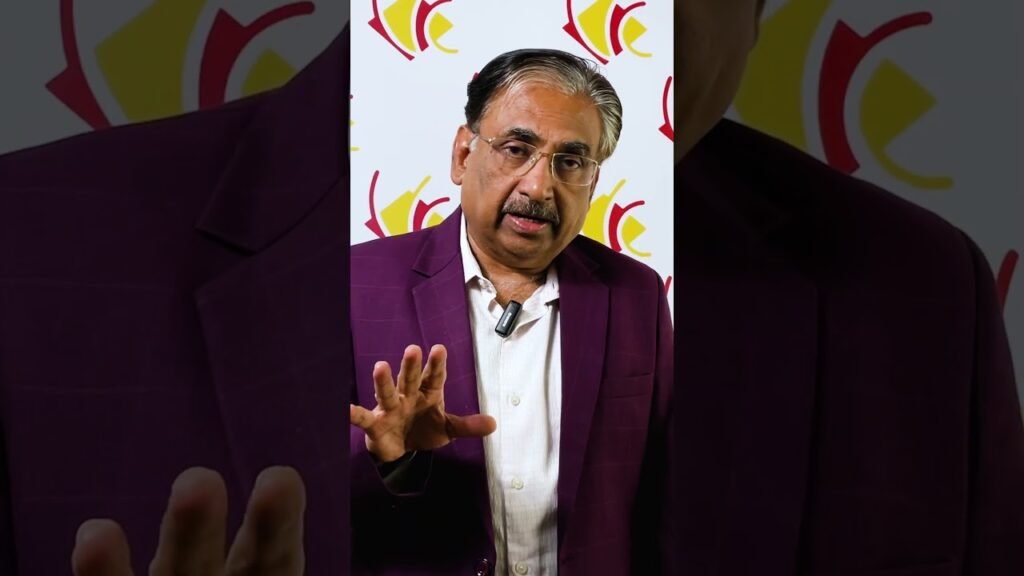What works best: Minoxidil vs scalp massage
When it comes to addressing hair loss, two popular methods often come into focus: Minoxidil and scalp massage. Each has its unique benefits and mechanisms of action, making them suitable for different needs and preferences. Understanding how each method works can help you decide which one might be more effective for your hair care regimen.
Minoxidil: A Proven Hair Growth Stimulant
Minoxidil is a well-known over-the-counter medication approved by the FDA for promoting hair growth. It works by improving blood flow to the hair follicles, which may help increase follicle size and stimulate hair growth. This topical treatment is often used to combat androgenetic alopecia, a common form of hair loss. Consistent application is crucial, as discontinuation can lead to the resumption of hair loss. Users typically start seeing results after a few months of regular use. However, its essential to be aware of potential side effects, such as scalp irritation or unwanted facial hair growth in some cases.
Scalp Massage: A Natural Approach
Scalp massage, on the other hand, is a natural technique that involves manually stimulating the scalp to enhance blood circulation and promote relaxation. This method can be particularly appealing for those seeking a non-chemical approach to hair care. Regular scalp massages can help improve the health of hair follicles and reduce stress, which is known to contribute to hair loss. While scientific evidence supporting scalp massage as a hair growth treatment is limited, anecdotal reports and some small studies suggest it may be beneficial. Additionally, it offers the added benefits of relaxation and stress reduction, which can indirectly support overall hair health.
When deciding between Minoxidil and scalp massage, consider factors such as desired results, commitment level, and any potential side effects. Some individuals may even choose to incorporate both methods into their hair care routine for a comprehensive approach to hair health.


